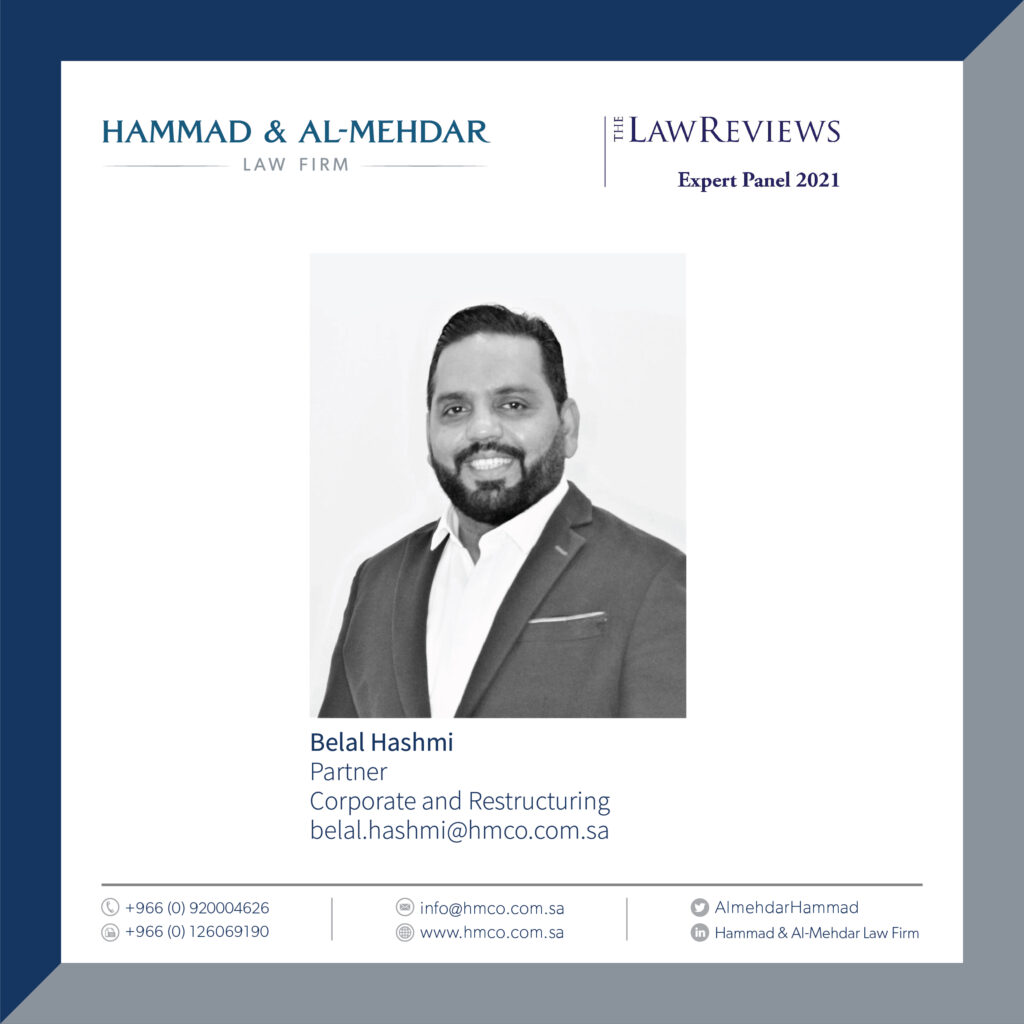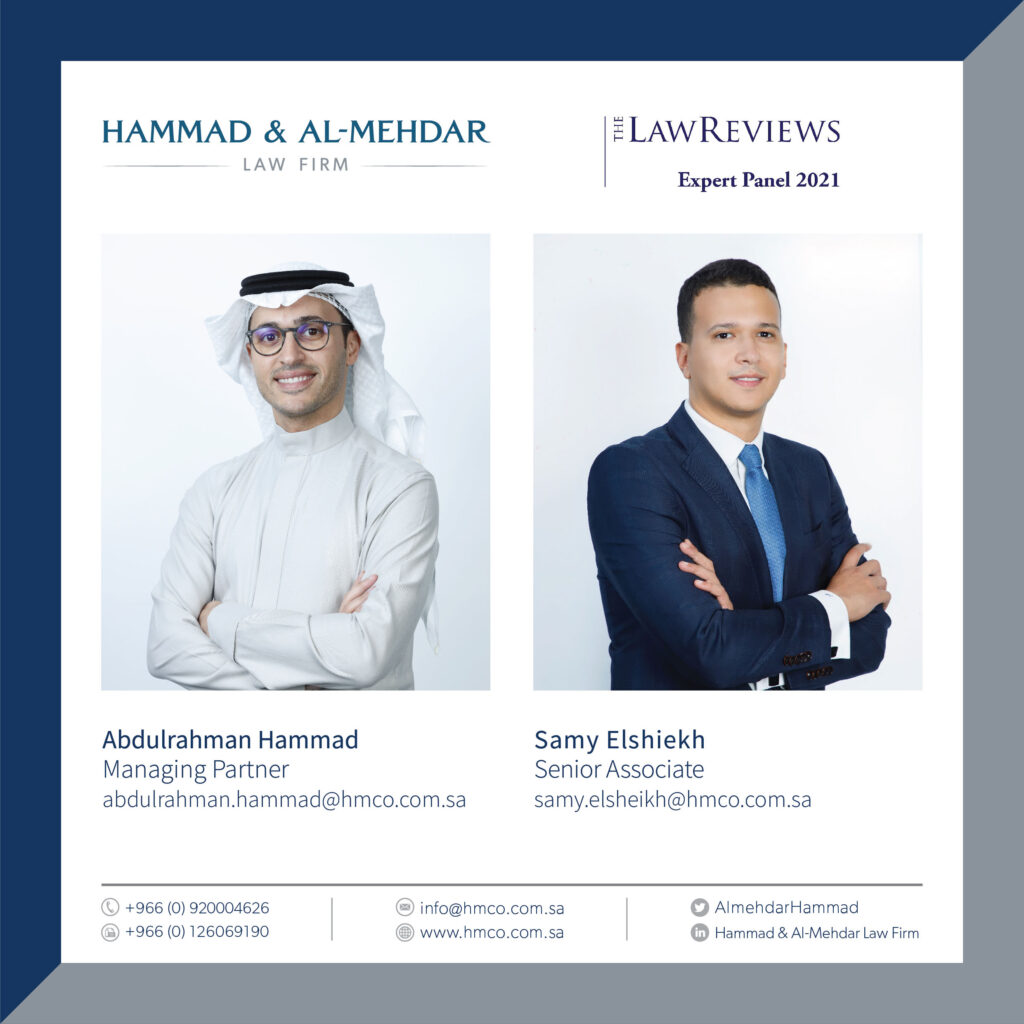
Situated at the tip of the Persian Gulf, Kuwait is a small but fascinating oil-rich nation, with a population of just over 4 million people. Before its reinvention as a global oil supplier, it was a busy trade port, connecting merchants and traders between ancient Mesopotamia, Persia, and India. Today, Kuwait is considered one of the most prosperous countries in the Middle East – it has one of the highest GDPs per capita and is a major player in the global oil industry.
It currently holds around 7 percent of the world’s oil reserves and is one of the wealthiest nations in the region. But there is more to modern-day Kuwait than just oil. In this article, we will explore some of the exciting investment opportunities that Kuwait has to offer.
Exploring Kuwait’s Economic Opportunities
There are plenty of reasons why Kuwait should be on the radar of investors. Thanks to its long history of oil production, Kuwait has benefited from a stable economic foundation on which to build further prosperity. Here are some of the economic opportunities Kuwait has to offer:
Infrastructure Development. Kuwait’s government is making enormous investments in infrastructure projects, aiming to build a new subway system and modernize its airport in the coming years.
Oil-backed economy. While Kuwait makes gains in developing other economic sectors, its significant oil reserves provide investors with a stable economic foundation for investment.
Politically stable. Kuwait ranks well in terms of political stability, providing a beacon of security among the turbulent political climates of other countries in the region.
Business-friendly. Kuwait has created a business-friendly atmosphere, with its open economy characteristics, favorable taxes, and an active venture capital market.
Kuwait’s Most Well-Developed Sectors
Kuwait boasts a diversified economy and is home to some of the most innovative start-ups and modern business ventures in the Middle East. The government has made considerable strides towards liberalizing the economy, making it easier to invest and start businesses. Let’s take a look at some of the most profitable opportunities (outside of the oil sector) in Kuwait.
Renewable Energy
With the increasing demand for electricity and the growing threat of global warming, Kuwait has invested heavily in renewable energy sources. With a goal of 15% of its energy needs being supplied by renewable sources by 2030, solar and wind projects are featuring prominently in Kuwait’s energy sector.
Finance
Kuwait boasts a flourishing banking sector, making it an attractive option for investors looking to take advantage of its highly competitive financial services industry. Regional and international banking institutions are well-established here, so businesses in the finance domain will find all that they need to explore the market.
Technology
As the government seeks to digitize the nation’s healthcare system and bring its other industries up to international standards, technology and ICT companies are finding excellent opportunities for growth in Kuwait. Cybersecurity, mobile application development, and software development are some of the most in-demand industries in the country.
Real Estate
Although Kuwait is a small nation, demand for housing is beginning to pick up pace. The government has recently started to devote its resources to the development of this sector, creating even more attractive opportunities for investors.
Kuwait’s Trade Relationship with Saudi Arabia
Kuwait and Saudi Arabia have a long history of trade ties, with Kuwait often serving as the gateway to regional markets. The two countries share many cultural and economic similarities, making Kuwait an ideal partner for Saudi businesses and investors.
The United Nations COMTRADE database on international trade has revealed that Saudi Arabia’s imports from Kuwait totaled US$566.55 million in 2021, and in the same year, Kuwait imported US$149.89 Million in goods from Saudi Arabia. KSA primarily imports petroleum-related products, paper, iron, and steel from Kuwait, whereas Kuwait largely imports Saudi dairy products, plastics, and soaps.
Kuwait: A Strategic Investment Hub
For investors with an eye for the Middle East, Kuwait is an obvious choice. With its strong economic fundamentals and strategic location, Kuwait provides investors with a stable opportunity to diversify their portfolios. Non-GCC, foreign-owned companies can own 100% of their subsidiary in Kuwait with approval from the Kuwait Direct Investment Promotion Authority (KDIPA). Alternatively, non-GCC foreign investors may join forces with a local Kuwaiti partner and own up to 49% of the company. There is no double taxation treaty between Kuwait and KSA, however, Gulf nationals are not required to pay corporate or personal income tax in Kuwait. Except for the requirement to retain 5% of the contract or transaction value by entities in Kuwait on payment to any incorporated body (which will be released at the presentation of a tax clearance certificate), Kuwait does not have any other form of withholding tax regime on payments made by residents to a non-resident.









